Featured Photo by Emily Bendemire. (Updated 11/24)
E.O. Wilson, the ecologist and author known as the ‘father of biodiversity’, championed insects during his long career. He was the one who said, “If all mankind were to disappear, the world would regenerate back to the rich state of equilibrium that existed ten thousand years ago.”
But, he went on to say, “If insects were to vanish, the environment would collapse into chaos.”
The Vital Role of Insects
Much of that has to do with the importance of insects in pollination, and how if insects were to disappear, the food web would collapse, eventually reaching humans. With four out of 10 insect species in decline, according to an 2019 analysis, that aspect is a concern.
But on a more day-to-day level, do you like to see butterflies flitting by? Do you like birds in your yard, and rejoice when one nests in your yard? Then you have other reasons to appreciate bugs.
Because butterflies can’t exist without their vital caterpillar stage. Remember biology class where we learned how many insects go though the various stages — in the case of butterflies, it’s eggs, pupa or caterpillar stage before the adult butterfly stage. Many of the host plants that butterflies require are California native plants, one reason I’m such a proponent of landscaping with plants native to your area.
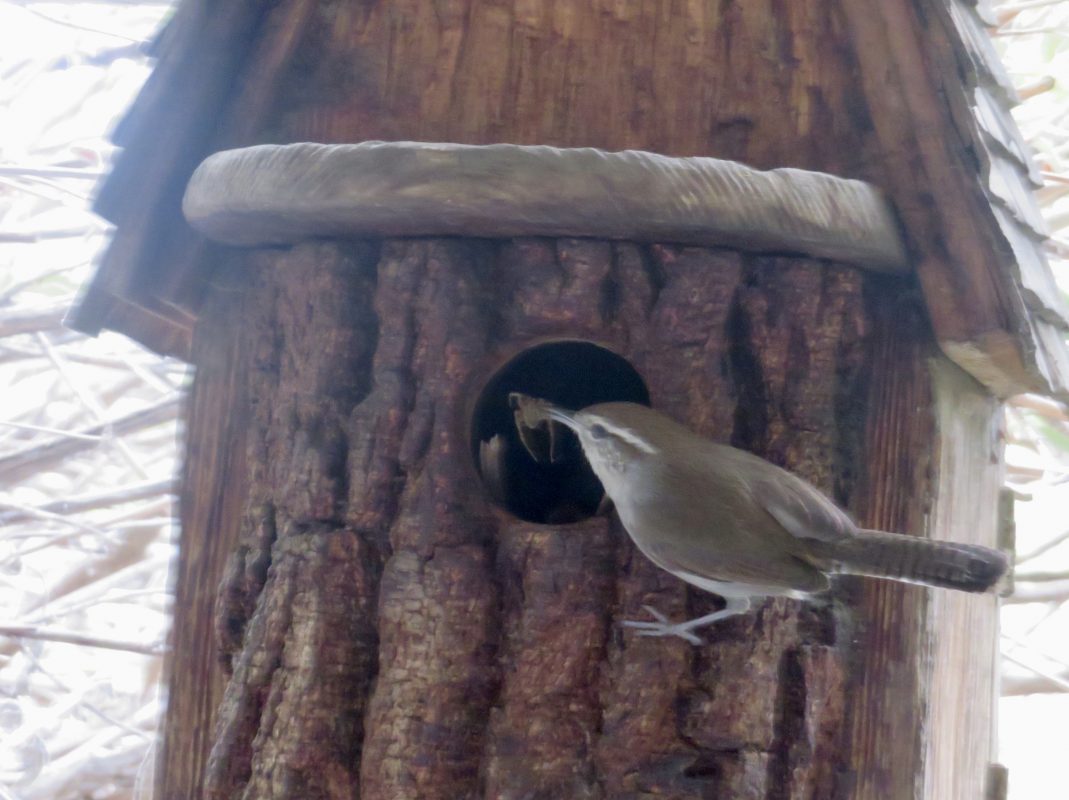
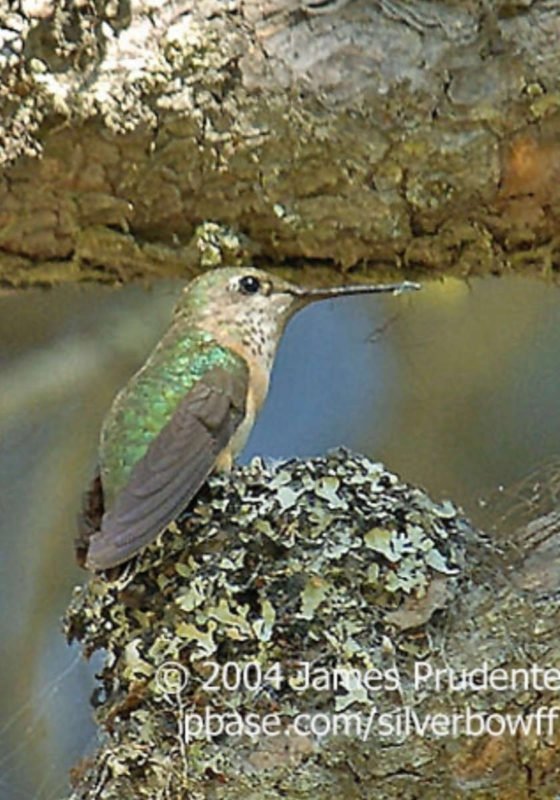
And insects are the reason we have birds. For example, most don’t know that 80% of the hummingbird’s usual diet is insects. And then there are baby birds, which require insects. While all insects will do, bird parents especially love caterpillars, viewed as soft sausages in a thin wrapper, as a favorite food. And guess what other insects is a top favorite? Spiders. There’s no reason to get rid of caterpillars, or spiders in your yard. Nature will do it for you. If not a bird, there’s another native insect that will predate it — think aphids and ladybugs.
You will see many more insects on the native plants. That’s because a majority of insects only eat or reproduce on plants which which they share an evolutionary history, says ecologist Doug Tallamy. Many plants from other countries provide a sterile environment for our vital insects.
Try this! One way to see the habitat value difference between a plant from another country and a native plant is a look at an exotic plant in your yard, say a flowering Indian Hawthorne (from Asia) or bouganvillea (from South America), and compare it to a blooming California native like a salvia or a ceanothus (wild lilac).
Our Ever-Important Bees
I’m going to devote the rest of this article to bees. We all recognize the Western honey bee, imported into the U.S. in the 1600s. But we also have over a thousand different species of native bees here in California. Most people aren’t aware of them, mainly because the majority are smaller than the ubiquitous honey bees.
See below for size difference between the Western honey bee and our smallest California native bee
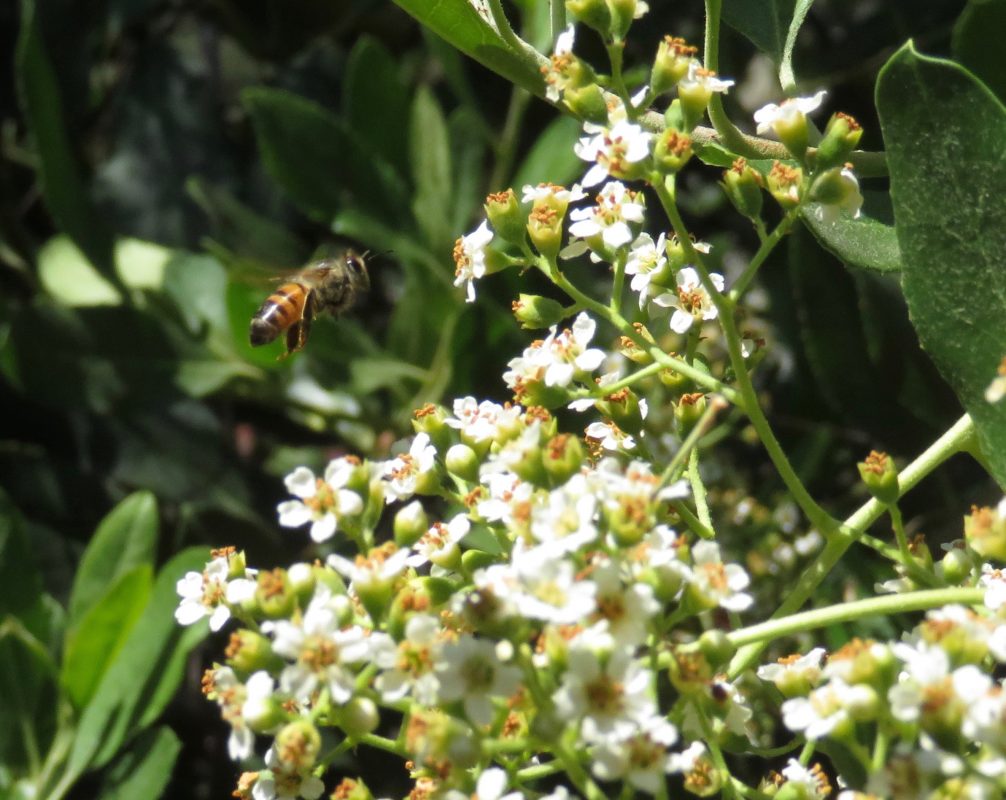
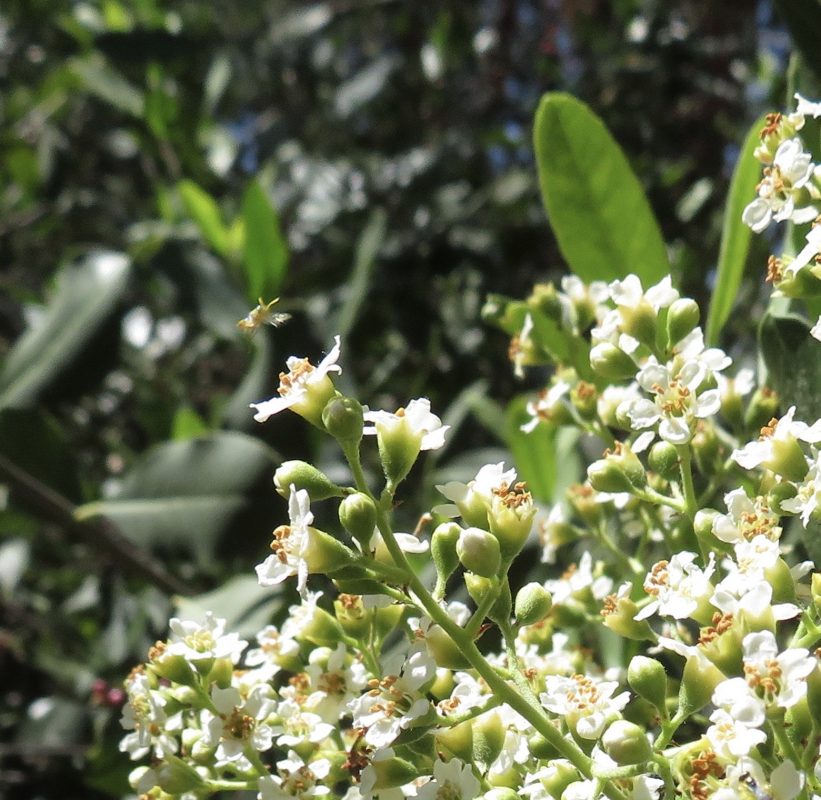
Our native bees are a keystone species, says Leif Richardson from the Xerces Society of Invertebrate Conservation. If they decline, a cascade of symptoms can occur, starting with pollination. A study of farms showed wild insects, especially native bees, provide the majority of pollination, whether farmers used honey bees or not. One exception are almonds.
The first native bee I see in the season is one I love, the bumble bee. Because they can stand cold temperatures, I start seeing them in December on our early blooming manzanita; then they move on to our salvias and ceanothus. They’re generalists too and will use some non-native plants like Pride of Madeira.

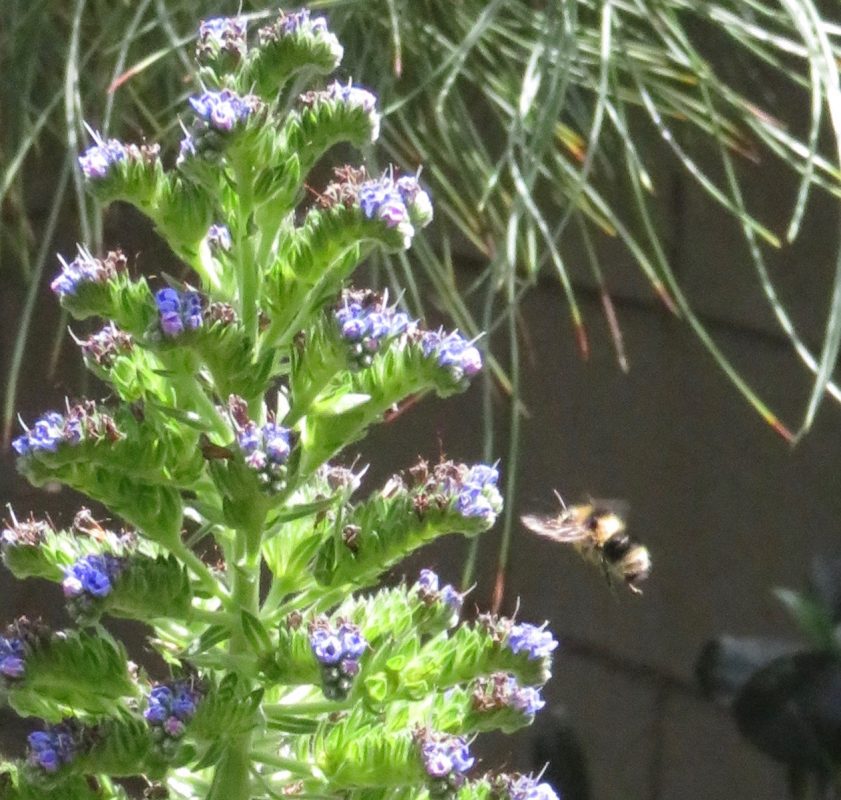
Bumble bees are declining with approximately 1/4th of their species at risk of extinction. Why? The same reasons affecting our native bees: pesticides, pathogens, habitat loss and climate change. Also, honeybees are outcompeting them.
How to Help our Bees and Insects
But the good news is that plant choice matters, with ecologists saying homeowners can greatly help by selecting more plants native to their area. Luckily many local nurseries are responding to that desire with a good selection of California natives. For Californians, use Calscape to find nurseries near you.
And now is a great time to research what you might like since fall and winter are ideal planting times.
There are other ways too – reduce or eliminate pesticides, protect existing habitat from development, and provide habitat for nesting bees (most nest underground) and for caterpillars (leave leaf litter). And even changing your outdoor lights to motion lights makes a big difference.
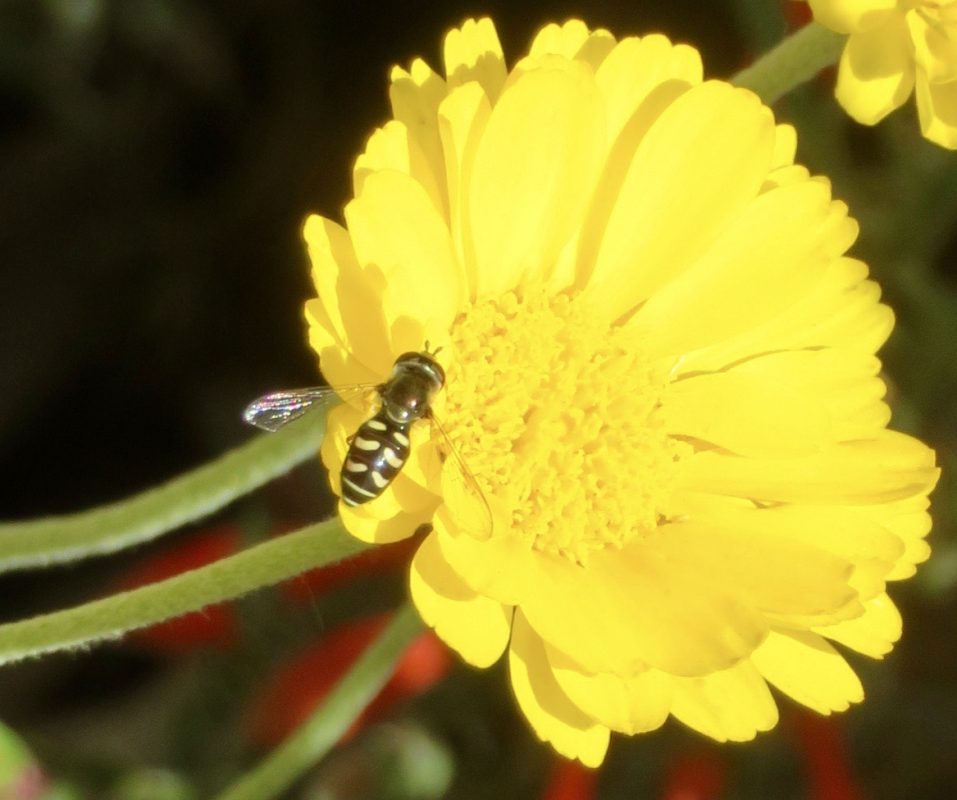
Then there are other fascinating native insects, like the hoverfly, which looks like a bee as it hovers over the flowers it helps to pollinate. It also has other roles, one being an important predator of the Asian citrus psyllid.
For more information
- Xerces.org is a great resource on insects, and if you get hooked on bumblebees – I have – here’s my post on them – please join the Bumblebee.watch where you can learn more, and also enter your sightings and help science
- Good Reuters article on the collapse of insects
- Calscape and calflora along with many nursery websites such as Las Pilitas are good resources for exploring California native plants. Also see all my articles on my favorite native plants such as this one on ceanothus
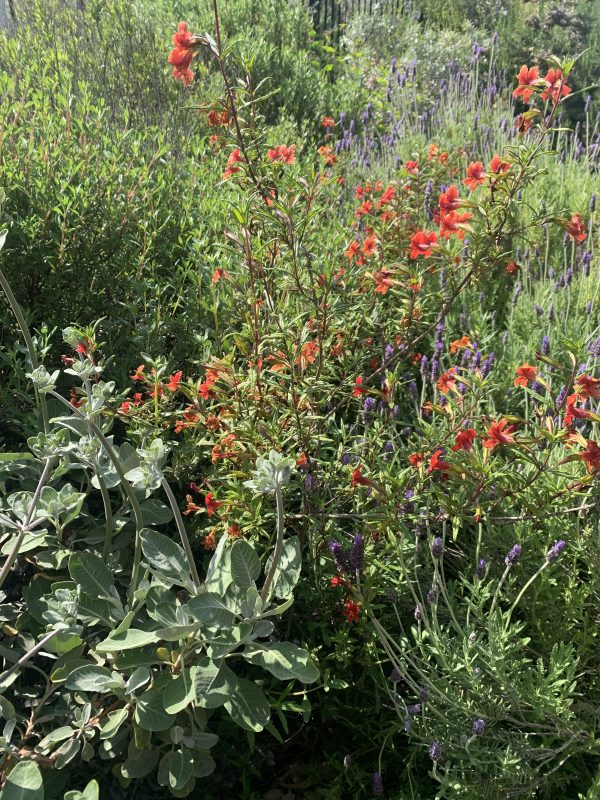
Leave a Reply